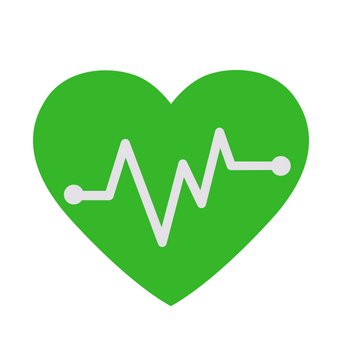Living with fibromyalgia can feel like navigating a maze—one filled with twists, turns, and unanswered questions. If you or someone you know is dealing with persistent pain, unexplained fatigue, or other mysterious symptoms, recognizing the key symptoms of fibromyalgia is the first step to understanding and managing this challenging condition. Let’s dive into the details.
What Is Fibromyalgia?
Fibromyalgia is a chronic condition that causes widespread pain, fatigue, and other health challenges. It’s often misunderstood, leaving many people feeling frustrated and unsupported. But here’s the good news: identifying the indicators of fibromyalgia can help with earlier diagnosis and better symptom management.

1. Chronic Pain: The Most Recognizable Symptom
Imagine waking up every day feeling like you’ve run a marathon without even lacing up your shoes. That’s how many describe the pain of fibromyalgia. It’s typically widespread, affecting both sides of the body and often felt in muscles, joints, and tissues. This persistent chronic pain is one of the hallmark fibromyalgia signs.
2. Fatigue: Beyond the Usual Tiredness
We all get tired, but fibromyalgia fatigue is on a whole new level. It’s like having a low battery that never fully charges. Even after hours of sleep, people with fibromyalgia often wake up feeling exhausted, as if rest didn’t do its job.
3. Brain Fog: When Thinking Feels Fuzzy
Ever walked into a room and forgotten why you were there? For those with fibromyalgia, this happens far too often. Known as fibro fog, this cognitive dysfunction makes focusing, processing information, and remembering details a frustrating challenge.
4. Sleep Disturbances: Restful Sleep, Interrupted
Fibromyalgia often makes it hard to get a good night’s sleep. People may struggle with insomnia, frequent awakenings, or waking up feeling unrefreshed. This lack of quality sleep only worsens the symptoms of fibromyalgia, creating a vicious cycle.
5. Tender Points: Painful Pressure Spots
Certain areas of the body—like the back of the neck, shoulders, or hips—may feel especially sensitive to touch. These tender points are a defining characteristic of fibromyalgia. Even light pressure can trigger significant pain.
6. Anxiety and Depression: Emotional Challenges
Living with constant pain and fatigue can take a toll on anyone’s mental health. It’s common for people with fibromyalgia to experience anxiety and depression. These aren’t just side effects; they’re intertwined with the condition.
7. Headaches and Migraines: A Double Whammy
Frequent headaches, including migraines, are another fibromyalgia condition indicator. These can range from mild discomfort to debilitating pain, adding another layer to the already complex symptom picture.
8. Digestive Issues: IBS and More
Many with fibromyalgia also deal with irritable bowel syndrome (IBS). Symptoms like bloating, cramping, diarrhea, or constipation often accompany this condition, making daily life even more challenging.
9. Numbness and Tingling: Strange Sensations
Have you ever felt like your hands or feet were “asleep” for no apparent reason? For people with fibromyalgia, numbness, tingling, and even burning sensations are common. These odd feelings often come and go without warning.
What Causes Fibromyalgia?
The exact cause of fibromyalgia remains unclear, but researchers believe it’s linked to how the brain processes pain signals. Triggers like stress, infections, or physical trauma may also contribute. Understanding the fibromyalgia symptom checklist can help you recognize patterns and seek medical advice sooner.
How to Manage Fibromyalgia Symptoms
While there’s no cure, there are effective ways to manage fibromyalgia warning signs. Treatments include medications, physical therapy, and lifestyle changes. Plus, learning to identify and avoid triggers can make a big difference. For example, reducing stress, maintaining a healthy diet, and practicing gentle exercises like yoga can help alleviate symptoms.
Fibromyalgia Diet Tips to Ease Symptoms:
- 🧘♀️ Pair your diet with gentle yoga or stretching
- 🌿 Sip on anti-inflammatory teas like turmeric or ginger tea
- 🫐 Add antioxidant-rich fruits like berries to your meals
- 🥦 Choose fiber-rich veggies like broccoli and spinach
- 🥥 Try magnesium-rich foods like avocados, nuts, and seeds
- 🍵 Drink green tea daily to help reduce fatigue
- 🚫 Avoid sugar and ultra-processed foods—they can worsen pain
- 💧 Stay hydrated with herbal infusions and lemon water
- 🍣 Include omega-3 rich foods like salmon or chia seeds
- 🍌 Eat potassium-rich snacks like bananas to fight muscle cramps

Lifebing is driven by an unrelenting passion for promoting health and well-being, our team is wholly committed to curating exceptional content and immersive experiences.
